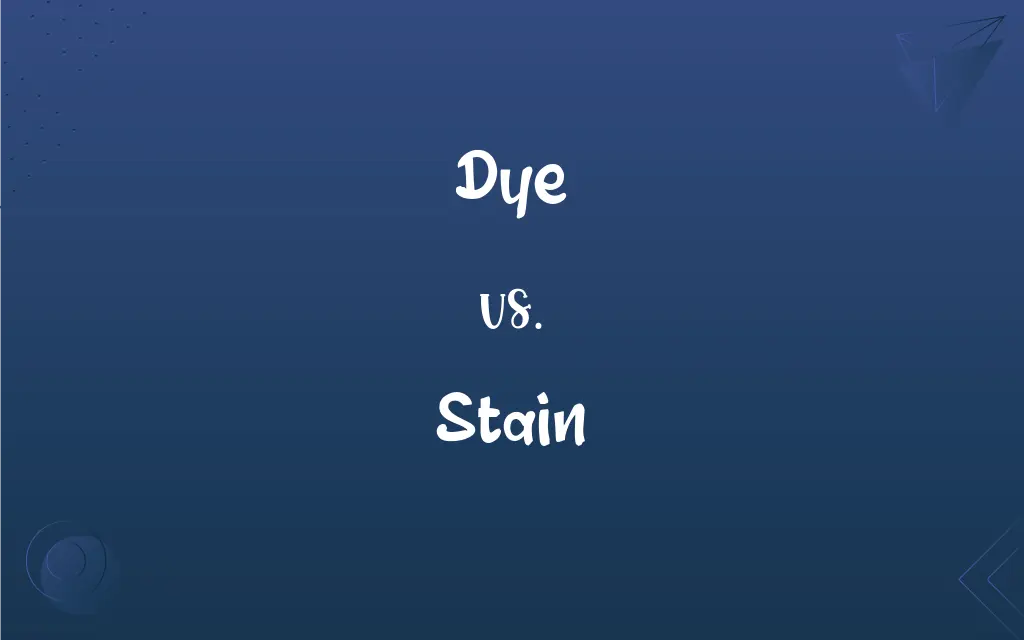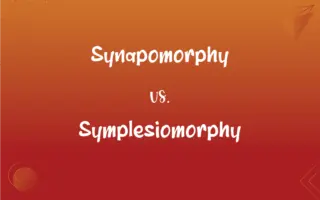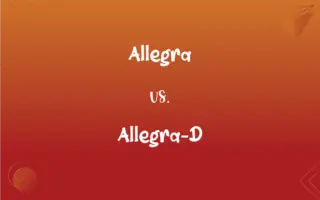Dye vs. Stain: What's the Difference?
Edited by Aimie Carlson || By Harlon Moss || Published on February 22, 2024
Dye is a substance used to add color to materials by chemical bonding, while stain is used to color surfaces without chemically altering the material.

Key Differences
Dye is a coloring agent that chemically bonds with the substrate it is applied to, resulting in a permanent color change. Stain, in contrast, imparts color by penetrating the surface of the material, often highlighting the inherent features without forming a chemical bond.
Dyes are used for coloring fabrics, paper, and other porous materials, offering a wide range of vibrant colors. Stains, however, are typically used on wood and fabric, enhancing the natural texture while adding color.
In terms of permanence, dyes create long-lasting coloration due to their chemical interaction with the material. Stains may not be as permanent as dyes and can fade or be removed over time, especially if not sealed.
Dyes are usually more uniform in application, providing consistent color across different materials. Stains can vary in appearance based on the material's absorbency and texture, leading to a more varied aesthetic.
The application process of dye often requires a binding agent or mordant to ensure color fastness, while stains can be applied directly and are absorbed by the material.
ADVERTISEMENT
Comparison Chart
Chemical Interaction
Bonds chemically with the material
Penetrates surface without bonding
Typical Use
Coloring fabrics, paper
Used on wood, fabric to enhance texture
Permanence
Long-lasting due to chemical interaction
Less permanent, may fade over time
Application Uniformity
Uniform coloration
Varied appearance based on material
Additional Requirements
Often requires a binding agent
Can be applied directly
ADVERTISEMENT
Dye and Stain Definitions
Dye
Dye is used in various industries for coloring textiles.
Industrial dye is essential for producing colored garments.
Stain
Stain is used to add color to surfaces, emphasizing natural textures.
The wood stain brought out the beautiful grain of the oak table.
Dye
Dye is a substance used to permanently change the color of materials.
She used a red dye to transform her white dress.
Stain
Stain is often used in woodworking to enhance the appearance of wood.
Applying stain to the cedar chest highlighted its natural beauty.
Dye
Dye chemically bonds with fabrics to alter their color.
The blue dye made the old curtains look brand new.
Stain
Stain can be transparent or opaque, depending on the desired effect.
The transparent stain preserved the natural color of the deck.
Dye
Dye can be natural or synthetic, used for tinting materials.
He preferred natural dye for his eco-friendly clothing line.
Stain
Stain is less permanent than dye and may require reapplication.
The stain on the fence faded over time and needed another coat.
Dye
Dye is applied to achieve a wide range of colors in fabrics.
The artist used dye to create a vibrant tapestry.
Stain
Stain penetrates material surfaces, offering a variety of shades.
She chose a dark stain to give the pine bookshelf an antique look.
Dye
A substance used to color materials. Also called dyestuff.
Stain
To discolor, soil, or spot
The spilled juice stained the carpet.
Dye
A color imparted by dyeing.
FAQs
What is stain?
A product used to color surfaces by penetrating them.
What is dye?
A substance that chemically bonds with materials to color them.
Are stains permanent?
Stains are less permanent compared to dyes.
Are dyes permanent?
Yes, they are usually permanent.
Do dyes fade over time?
They can fade but are generally long-lasting.
Do stains fade?
Yes, they can fade and may need reapplication.
Is stain suitable for fabrics?
Yes, particularly for highlighting textures.
What are natural dyes?
Dyes derived from natural sources like plants.
Can dye be washed out?
It's difficult to wash out as it chemically bonds with the material.
Can dye be used on wood?
Yes, but it’s more common on fabrics.
Are there natural stains?
Yes, natural stains are made from organic materials.
Does stain application vary?
Yes, the appearance can vary based on the material's absorbency.
Do stains need a binder?
No, stains are usually applied directly.
What materials are commonly dyed?
Fabrics, paper, and sometimes wood.
Is dye eco-friendly?
It can be, especially natural dyes.
Is stain eco-friendly?
There are eco-friendly stain options available.
Can stain be removed?
Stain can sometimes be sanded or washed off the surface.
Is dye application uniform?
Generally, yes, it provides uniform coloration.
Do dyes require a binder?
Many dyes require a mordant or binder.
What materials are commonly stained?
Mainly wood and sometimes fabrics.
About Author
Written by
Harlon MossHarlon is a seasoned quality moderator and accomplished content writer for Difference Wiki. An alumnus of the prestigious University of California, he earned his degree in Computer Science. Leveraging his academic background, Harlon brings a meticulous and informed perspective to his work, ensuring content accuracy and excellence.
Edited by
Aimie CarlsonAimie Carlson, holding a master's degree in English literature, is a fervent English language enthusiast. She lends her writing talents to Difference Wiki, a prominent website that specializes in comparisons, offering readers insightful analyses that both captivate and inform.































































